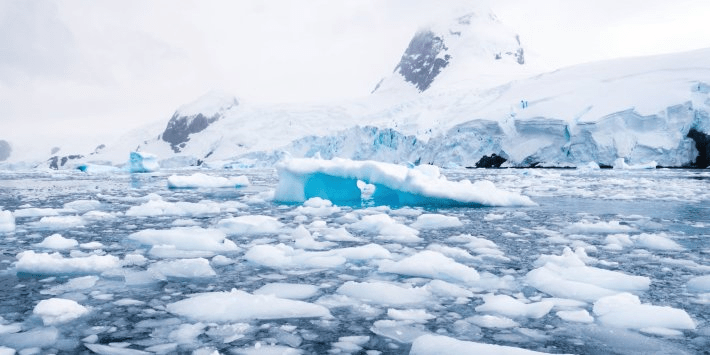In Short : “Let’s Build a Climate Wall of Shame” likely suggests creating a public record or platform to highlight and criticize individuals, organizations, or countries that are perceived to be hindering progress on climate action. The title indicates an intention to hold entities accountable for their perceived negative contributions to addressing climate change.
In Detail : Here is a proposal for the environmental movement: Pool philanthropic funds for a day, buy a small plot of land in Washington, D.C., and put up a tall marble wall to serve as a climate memorial. Carve on this memorial the names of public figures actively denying the existence of climate change. Carve the names so deep and large, our grandchildren and great-grandchildren need not search the archives.
This is not a metaphor. The problem with climate change is the disconnect between action and impact. If politicians vote against construction standards and a school collapses, the next election will be their last. But with climate change, cause and effect are at a vast distance.
We are already seeing the consequences of our past and present greenhouse gas emissions. In coming decades, those emissions will wreak their full havoc on the climate, and it will take hundreds, possibly thousands, of years for those pollutants to fully dissipate. But in the short term, the most immediate burdens are borne mostly by the poor in America and distant people in distant lands. Misaligned incentives are at the heart of why some political and business leaders deny and delay.
For them, there can be immediate political and economic benefits to avowed ignorance, and by the time the waters rise, their deeds and words will be forgotten. A memorial would help adjust for this temporal gap. It would serve as a permanent testament of climate deniers whose actions might otherwise be lost to history and a reminder to those weighing their words today of what the future may bring.
The climate memorial would need to be in a highly visible place. Perhaps a commission could be established to select one climate antihero from academia or politics or business to be added to the memorial each quarter. Better yet, the names could be crowdsourced.
I would first nominate those who have sown confusion over climate science, like Myron Ebell, who recently retired as director of the Competitive Enterprise Institute’s Center for Energy and Environment, where he sought to block climate change efforts in Congress, and served as the head of Donald Trump’s transition team for the Environmental Protection Agency. Mr. Ebell has argued that the idea that climate change is “an existential threat or even crisis is preposterous.”
Then there are lawmakers who have consistently stood in the way of federal action, like the recently retired senator James Inhofe of Oklahoma, the author of the book “The Greatest Hoax: How the Global Warming Conspiracy Threatens Your Future.”
True, some might celebrate their inclusion on the memorial as a badge of honor. Let them. The memorial is designed to set the record straight for posterity. In an age of effervescent social media content, a climate memorial would etch permanently into the public imagination the names of those who hewed to ignorance at a moment of urgent crisis, one that requires “climate action on all fronts — everything, everywhere, all at once,” as António Guterres, the United Nations secretary general, put it last year.
By the same token, the memorial might induce some business and political leaders to reflect on the longer arc of history. The nature of a legacy is defined by future historians. To paraphrase Thomas Reed, a speaker of the House in the late 19th century, only after death can a politician hope to become a statesman. The memorial might move a politician or business leader toward sanity. The antihero nominees could be given a chance to reconsider their positions before hammer hits marble.
Memorials bring the present into the future and the future into the present and, in this case, would put the focus on what is at stake: Earth and humanity’s place on it.
Our nation’s capital would be a good place to build the first climate memorial, but we need not stop there. States like Florida and Louisiana will be among the first to suffer the worst effects of rising oceans and more severe weather. We should build state-specific walls in Tallahassee and Baton Rouge to bring the message home. Just make sure the memorials are situated well above sea level.

